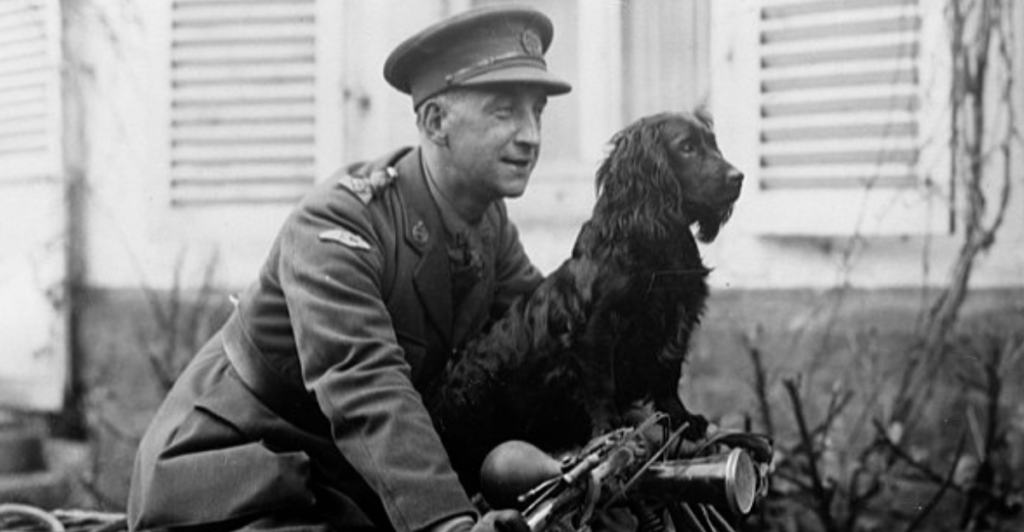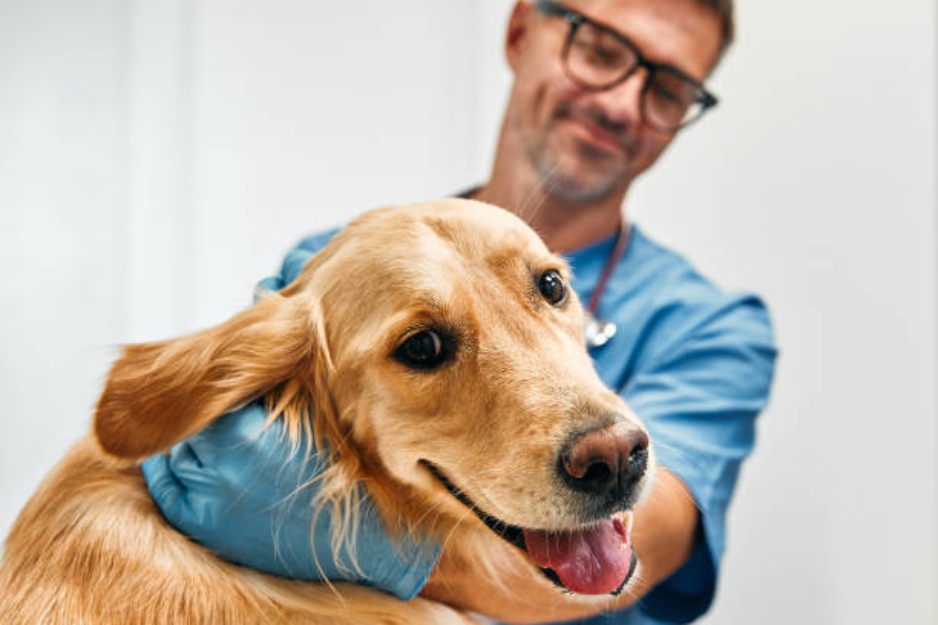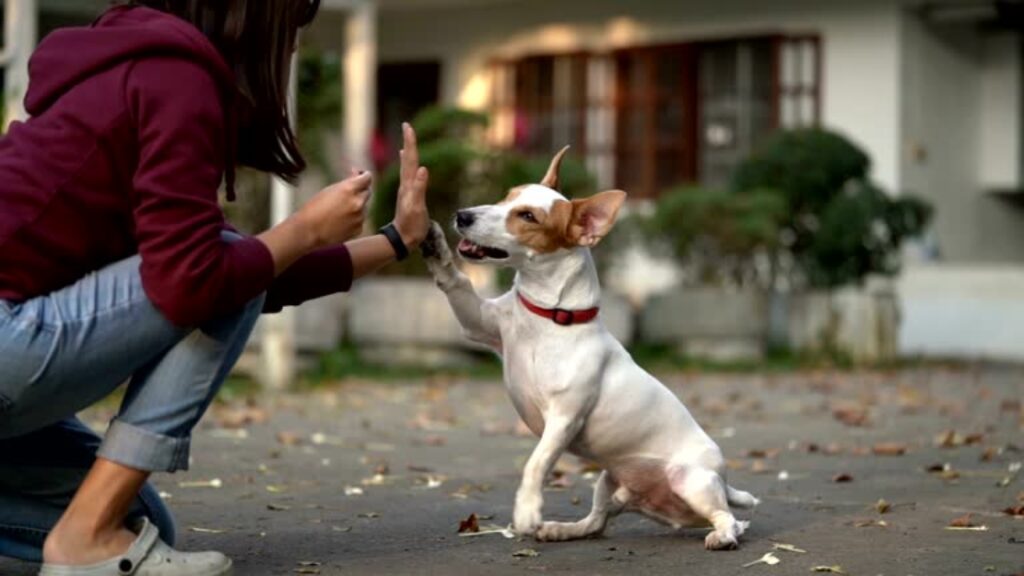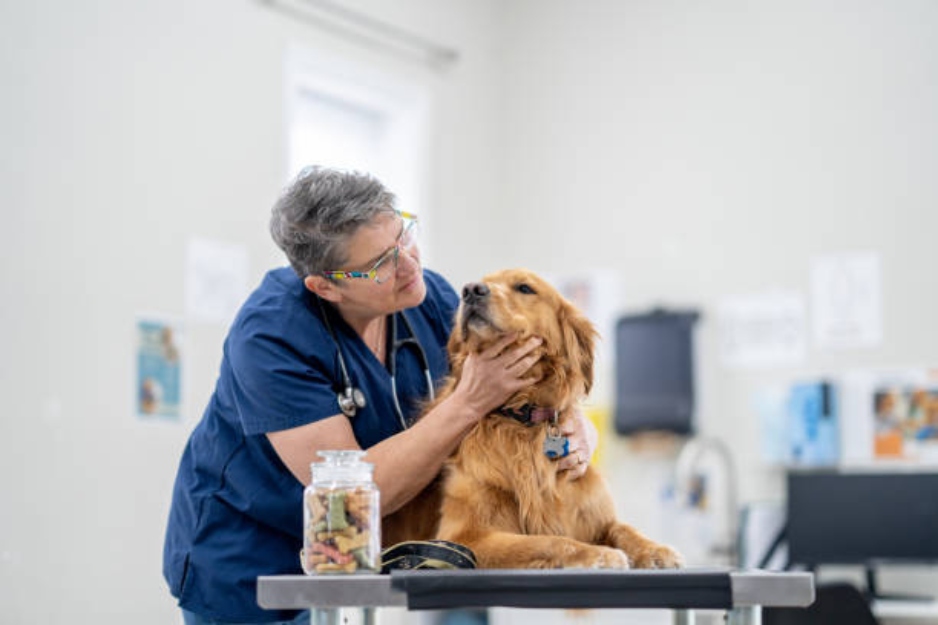
Recent studies reveal that humans and dogs have co-evolved over tens of thousands of years, developing a bond unlike any other between species. This unique relationship likely began about 32,000 years ago when early domesticated dogs emerged from wolves in Asia, earlier than previously believed.
Shared Genetic Evolution

Genetic research has identified parallels in the evolution of humans and dogs, particularly in genes linked to metabolism and behavior. For example, both species developed adaptations to high-stress environments, such as crowded living conditions, which required reduced aggression for coexistence.
Emotional Communication Advancements

Dogs have evolved specialized muscles that enable facial expressions, such as “puppy dog eyes,” which elicit caretaking responses from humans. Studies show that dogs intensify their expressions when humans are paying attention, showcasing a mutual emotional awareness.
Evidence from Archaeological Sites

Archaeological findings further support this bond, with dog remains often found buried alongside humans. A 12,000-year-old grave in Israel revealed a woman buried with a dog, highlighting the deep relationship between humans and their canine companions even in ancient times.
Eye Contact and Cooperation

Dogs have also developed advanced communication skills, using eye contact and gestures to collaborate with humans. These traits, surpassing those of even intelligent primates, have played a significant role in their domestication and integration into human lives.
Dietary Adaptations for Shared Living

Dogs adapted to human diets during domestication, developing the ability to digest starch-rich foods. This adaptation reflects their evolutionary alignment with agricultural human societies, where shared resources became essential for survival.
Evolution of Companion Roles

Over time, dogs transitioned from working animals to valued family members. Today, studies show that dogs can recognize human emotions and respond accordingly, further solidifying their roles as empathetic companions.
Global Domestication Patterns

While evidence suggests that dogs were first domesticated in Asia, their spread across the globe mirrors human migration patterns. Dogs adapted to various environments, from the Arctic tundra to desert landscapes, evolving alongside their human partners.
The Future of Research

Continued genetic studies aim to uncover more about how humans and dogs shaped each other’s evolution. Experts believe comparing canine evolution with other domesticated species, like horses, could provide additional insights.
A Timeless Partnership

From hunting partners to loyal pets, dogs have been integral to human life for thousands of years. As science continues to unravel the intricacies of this co-evolution, the unbreakable bond between humans and dogs remains a testament to the power of mutual growth and adaptation.
Stay connected with us for more stories like this! Follow us to get the latest updates or hit the Follow button at the top of this article, and let us know what you think by leaving your feedback below. We’d love to hear from you!







